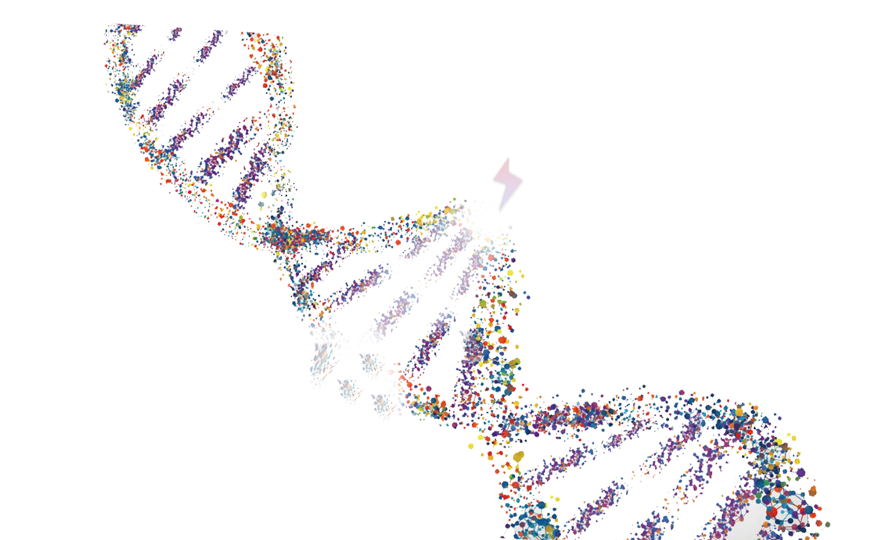Welcome to the Lei Li laboratory!
We are the genome guardians!

Our research
DNA is constantly damaged by environmental and endogenously arising agents. Cell survival and genome integrity are promoted by DNA repair and associated processes, collectively known as the DNA-damage repair (DDR). Defects in various DNA repair mechanisms give rise to more than 13 cancer-prone genetic syndromes.
Fanconi anemia (FA) patients present a distinct and severe manifestation of bone marrow failure and aplastic anemia, presented by a general and progressive deficit in blood and bone marrow cellularity.The FA pathway is primarily responsible for the processing of strong replication-stalling lesions such as interstrand crosslinks (ICLs) and DNA-protein crosslinks (DPCs).
Our research aims to characterize themolecular mechanism and pathogenesis of Fanconi anemia, compensatory mechanisms for DNA repair defects, and repair of DNA-protein crosslinks (DPC) damage.
Our people
The Lei Li lab thrives on diversity and innovation, where everyone's contributions are valued. Led by our charismatic leader, we pioneer groundbreaking discoveries in the DDR field. We foster a 'work hard, play hard' ethos, encouraging personal passions and creativity. With a commitment to inclusivity, we embrace diverse backgrounds, genders, and perspectives, empowering individuals to pursue their ideas freely.
Fun Facts About Your DNA
The human genome, which is our total DNA, was first sequenced completely in 2003. The effort took 13 years and cost three billion U.S. dollars.
Due to environmental factors and normal metabolic processes inside the cell, DNA damage occurs at a rate of 1,000 to 1,000,000 molecular lesions per cell per day. While this constitutes only 0.000165% of the human genome’s approximately 6 billion bases.
Others waiting for you to discover ✌️